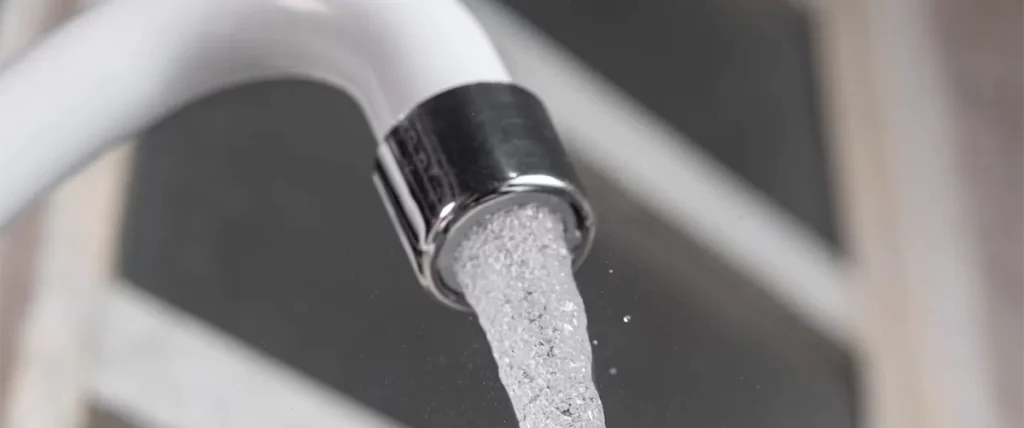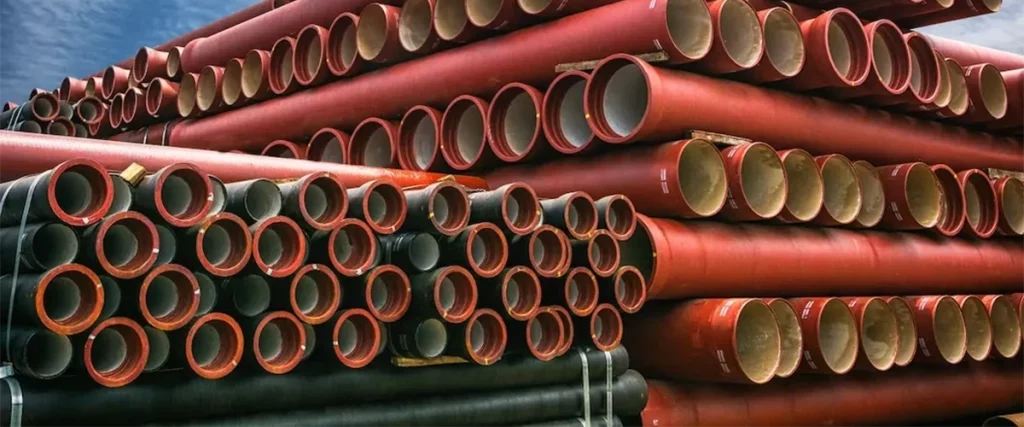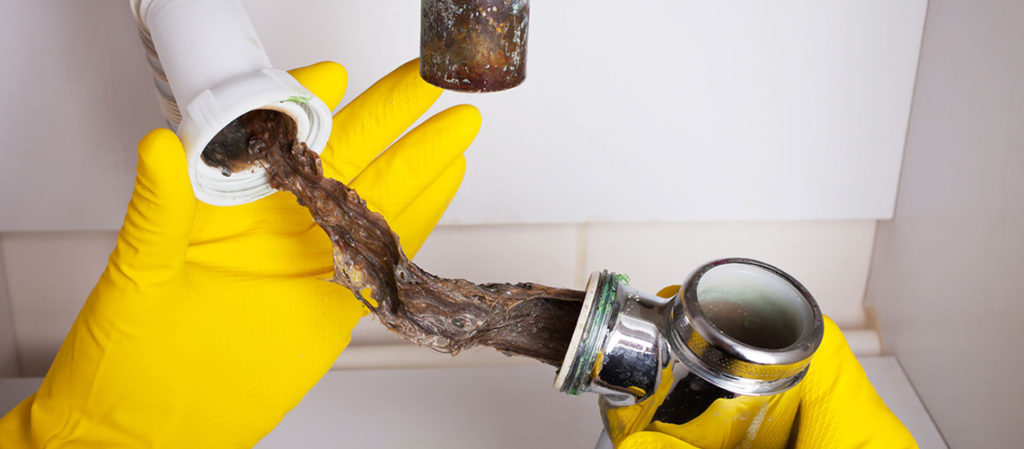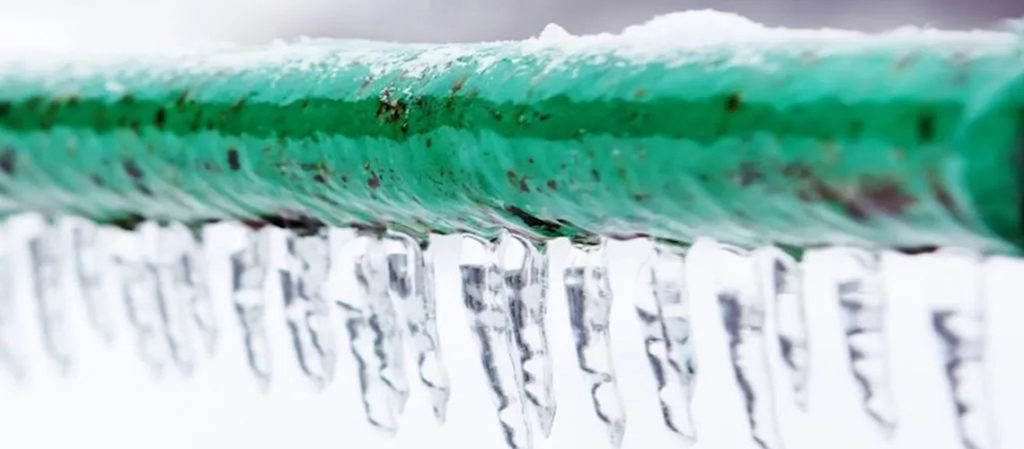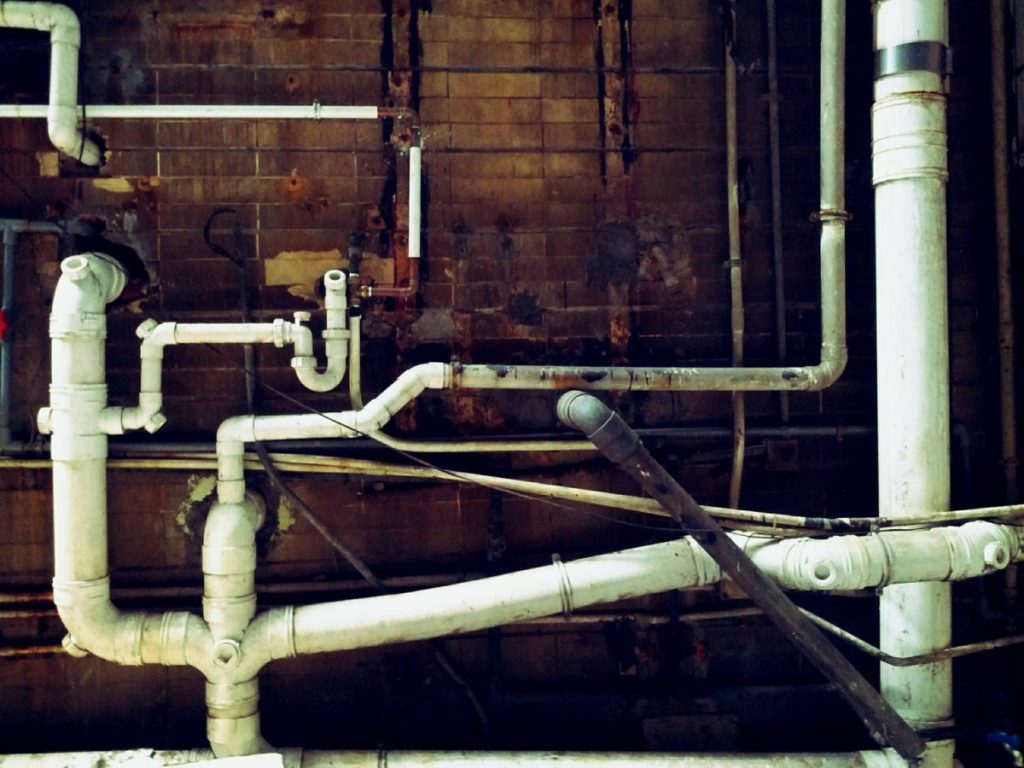When it comes to plumbing systems, the choice of pipes is crucial. Traditionally, metal pipes have been widely used, but in recent years, plastic pipes have gained popularity. In this article, we will explore the advantages of plastic pipes over metal pipes, as well as the various types of metal and plastic pipes available for plumbing applications.
Contents
Metal vs. Plastic Pipes
Here’s a table comparing Metal and Plastic Pipes across various criteria:
|
Criteria |
Metal Pipes |
Plastic Pipes |
|
Material Durability |
High – Subject to corrosion and scaling |
Varies – Generally resistant to corrosion but can become brittle over time |
|
Corrosion Resistance |
Varies by type (e.g., copper and stainless steel offer better resistance than galvanized steel) |
High – Plastic does not corrode like metal |
|
Installation Easy |
More complex, often requiring soldering or threading |
Easier, often involving simpler joining techniques like gluing or compression fittings |
|
Cost |
Generally higher than plastic |
Generally lower than metal |
|
Temperature Tolerance |
High for certain metals, but can be affected by corrosion |
Lower than metal, can be affected by very hot water |
|
Water Flow Noise |
Higher – More likely to produce noise due to water flow and thermal expansion |
Lower – Tends to be quieter due to its insulating properties |
|
Environmental Impact |
Depends on the type of metal, but higher energy consumption in production |
Lower energy consumption in production, but concerns about plastic longevity and recycling |
This comparison highlights the differences between metal and plastic pipes, considering factors like durability, installation ease, and environmental impact. Each type has its advantages and disadvantages depending on the application and specific requirements of the plumbing system.
Types of metal pipes
Metal pipes have long been utilized in plumbing systems due to their durability and strength. Let’s take a closer look at some common types of metal pipes.
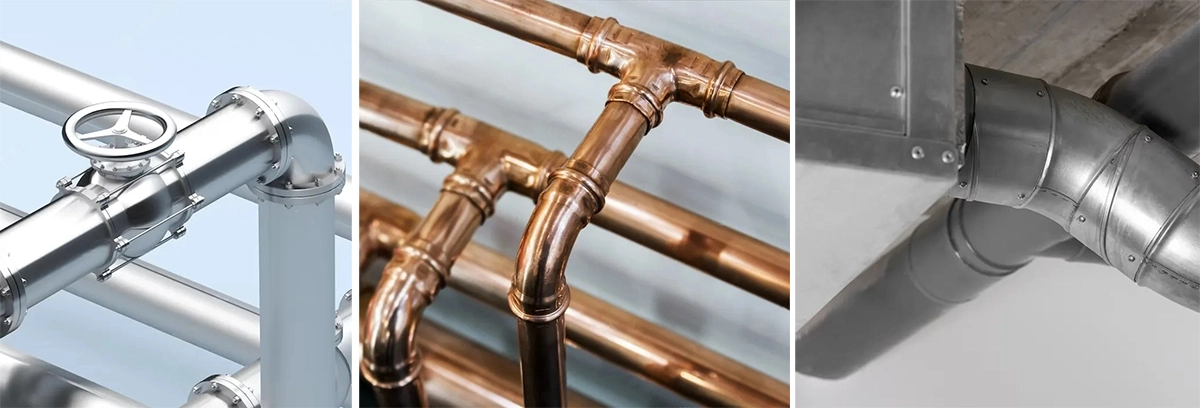
Copper Pipe
Copper pipes have been a popular choice for plumbing systems for decades, and for good reason. They offer a range of advantages that make them a preferred option for both residential and commercial applications.
Advantages of copper pipes is:
- exceptional durability;
- highly resistant to corrosion;
- excellent heat conductivity;
- compatibility with various fittings and connectors.
Despite these advantages, there are a few considerations to keep in mind when using copper pipes. Firstly, copper pipes can be more expensive compared to some other piping materials, such as plastic. However, the long-term durability and reliability of copper pipes can often outweigh the initial investment. Secondly, copper pipes can be susceptible to freezing in extremely cold climates. If not properly insulated or protected, the expansion of frozen water can cause copper pipes to crack or burst. Therefore, it’s important to take appropriate measures to prevent freezing, such as insulating exposed pipes or using heat tape in vulnerable areas.
Stainless Steel Pipe
Stainless steel pipes are a popular choice for plumbing applications due to their unique set of characteristics and benefits. Let’s delve into the advantages of using stainless steel pipes in plumbing systems:
- corrosion resistance;
- strength and durability;
- heat resistance;
- highly hygienic and safe for potable water supply systems;
- versatility and ease in terms of installation.
Whether it’s for residential, commercial, or industrial plumbing needs, stainless steel pipes offer a durable and efficient solution that ensures long-lasting performance.
Galvanized Pipe
Galvanized pipes are commonly used in plumbing systems due to their unique properties and advantages:
- have been coated with a layer of zinc to protect them from corrosion;
- strength and durability;
- easy to install;
- have a long lifespan.
However, it’s important to consider some limitations and potential disadvantages of galvanized pipes. Over time, the zinc coating may degrade, especially in areas with aggressive water conditions or high humidity. As the zinc layer wears off, the underlying steel can be exposed to corrosion, leading to potential leaks and pipe failures. Therefore, regular inspections and maintenance are necessary to ensure the continued performance of galvanized pipes. Additionally, galvanized pipes may have limitations when it comes to certain applications. They are not recommended for use with hot water systems, as the zinc coating can deteriorate at high temperatures. Galvanized pipes are more commonly used for cold water supply lines, outdoor irrigation systems, and non-potable water applications. Galvanized pipes are commonly used in various applications, particularly for cold water supply lines. However, it’s important to consider their limitations and suitability for specific plumbing requirements. Regular inspections and maintenance will help ensure the optimal performance of galvanized pipes over time.
Types of plastic pipes for plumbing
Plastic pipes have gained popularity in the plumbing industry due to their numerous advantages over metal pipes. Let’s explore some common types of plastic pipes.
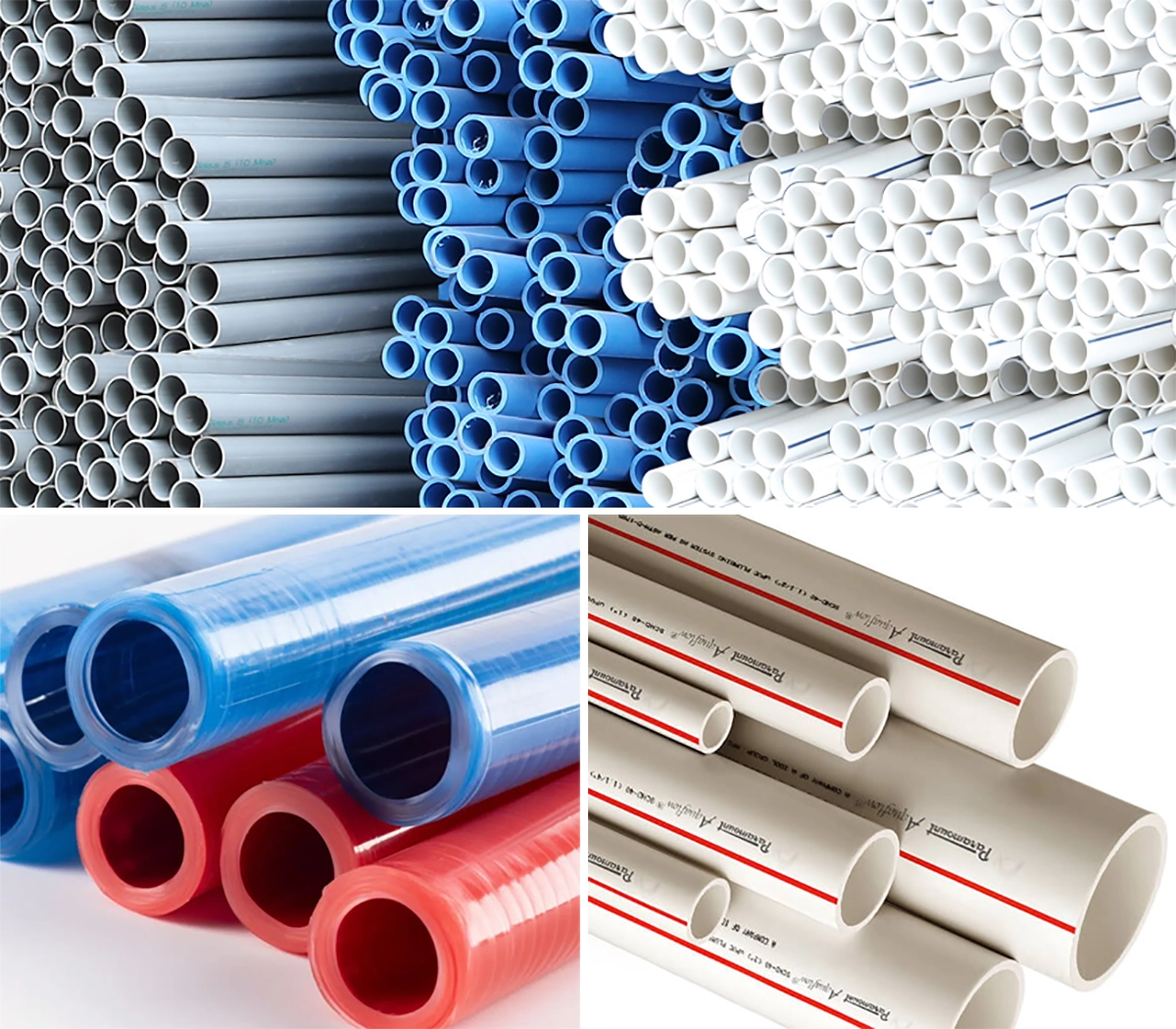
PVC Pipes
PVC (Polyvinyl Chloride) pipes are widely used in plumbing systems for their versatility, affordability, and numerous advantages:
- excellent corrosion resistance;
- lightweight, making them easy to handle and install;
- smooth interior surface;
- excellent chemical resistance;
- an affordable option compared to some other pipe materials.
It’s important to note that PVC pipes are not suitable for high-temperature applications. They have a lower melting point compared to some other pipe materials, and exposure to high temperatures can cause them to deform or lose their structural integrity. Therefore, PVC pipes are commonly used for cold water supply lines, drainage systems, venting, and irrigation applications where high temperatures are not a concern.
Whether it’s for residential, commercial, or industrial plumbing needs, PVC pipes provide a reliable and efficient solution that ensures long-lasting performance.
PEX Pipes
PEX (Cross-linked Polyethylene) pipes have gained significant popularity in the plumbing industry due to their flexibility, durability, and ease of installation. Let’s delve into the features and benefits of PEX pipes in more detail:
- flexibility;
- excellent durability and resistance to freeze-thaw cycles;
- resistance to corrosion and scale buildup;
- excellent resistance to chemical degradation.
It’s worth noting that PEX pipes may not be suitable for outdoor applications exposed to direct sunlight. PEX pipes are susceptible to UV degradation, which can cause them to become brittle over time. Therefore, proper insulation or the use of UV-resistant covers is recommended for outdoor PEX pipe installations.
These properties make PEX pipes a versatile and reliable choice for various plumbing applications. Whether it’s for residential or commercial plumbing needs, PEX pipes provide a modern and efficient solution that ensures long-lasting performance and water flow optimization.
CPVC Pipes
CPVC (Chlorinated Polyvinyl Chloride) pipes are widely used in plumbing systems for their exceptional heat resistance and durability. Let’s explore the features and benefits of CPVC pipes in more detail:
- high temperature tolerance – pipes can handle hot water up to 200°F (93°C);
- durability and long lifespan;
- ease of installation;
- excellent water flow characteristics;
- resistant to fire.
It’s important to note that CPVC pipes should not be used for outdoor applications or exposed to direct sunlight. UV radiation can degrade the material and affect its performance over time. Therefore, proper insulation or the use of UV-resistant covers is recommended for outdoor CPVC pipe installations.
These properties make CPVC pipes a suitable choice for hot water distribution, residential and commercial plumbing systems, and applications where corrosion resistance and long-term performance are essential. Whether it’s for new construction or retrofitting projects, CPVC pipes provide a reliable and efficient solution for plumbing installations.
In conclusion, plastic pipes provide several advantages over metal pipes in plumbing applications. They are cost-effective, resistant to corrosion, easy to install, and offer versatility in terms of temperature handling. However, it’s important to consider the specific requirements of your plumbing system and consult with professionals to determine the most suitable type of piping for your needs. Whether it’s installing plastic drain pipes or selecting the right type of plastic or metal pipes for your water supply lines, understanding the advantages and disadvantages will help you make an informed decision.
FAQ about Metal and plastic pipes
The best pipe to have in your house depends on various factors, including the specific plumbing needs and budget. However, popular choices for residential plumbing include copper pipes for their durability and long lifespan, PEX pipes for their flexibility and ease of installation, and CPVC pipes for their high-temperature tolerance.
Plumbers use plastic pipes, such as PVC, PEX, and CPVC, for various reasons. Plastic pipes are lightweight, making them easier to handle and install compared to metal pipes. They are also resistant to corrosion, scale buildup, and chemical degradation, ensuring long-lasting performance. Plastic pipes offer flexibility, allowing for easier installation around obstacles and corners. Additionally, plastic pipes are cost-effective and provide good water flow characteristics, making them a reliable choice for plumbing installations.
Plastic pipes are lightweight, cost-effective, and resistant to corrosion and chemical reactions. They are also easier to install due to their flexibility and can be more energy-efficient due to their insulating properties.
Plastic pipes generally have a lower upfront cost compared to metal pipes. However, the long-term costs can vary depending on factors like maintenance, durability, and the specific requirements of the plumbing system.
While metal pipes, especially copper and stainless steel, are known for their durability and can last for decades, modern plastic pipes like PEX also offer excellent durability and flexibility, making them a popular choice for many applications.
Copper pipes are traditionally preferred for hot water systems due to their ability to withstand high temperatures without degrading. However, CPVC and PEX pipes are also suitable for hot water applications and offer good heat resistance.




